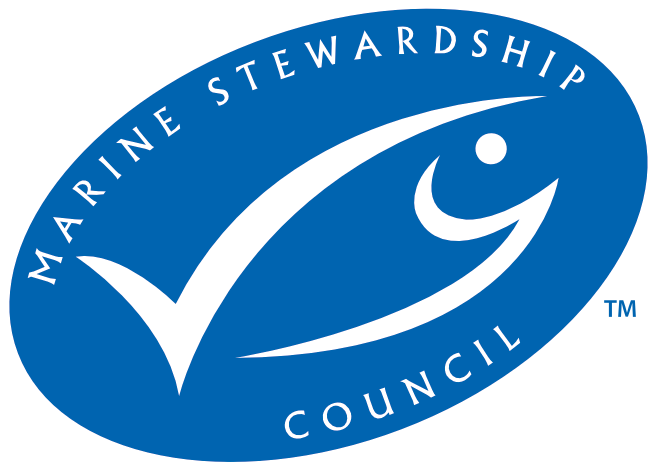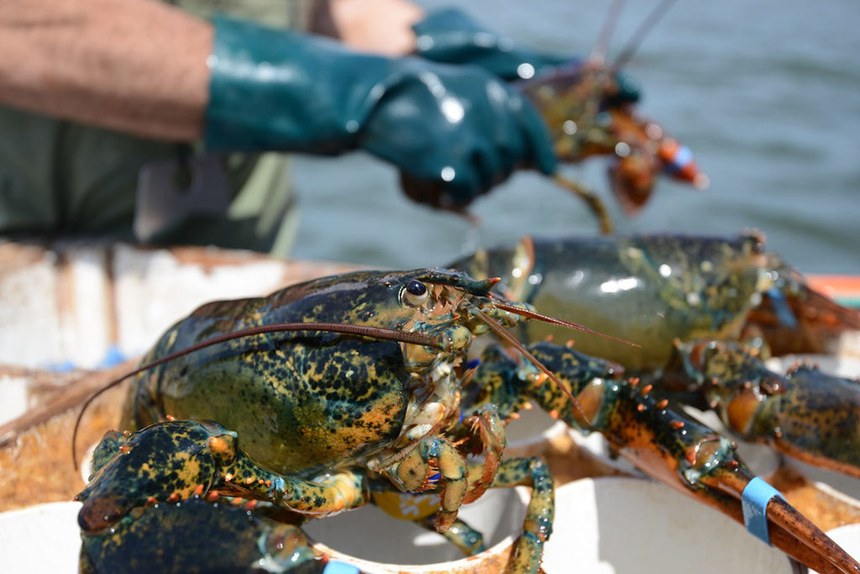
- Certifier :
- Global Trust Certification Ltd.
- Certified status :
- Certified
- Certified since :
- 05 Mar 2015
- Certificate expires :
- 10 May 2026
Overview
Fisheries are composed of one or more parts, each of which is entitled to receive an MSC certificate. These parts or “units” are defined by their target stock(s), fishing gear type(s) and if relevant vessel type(s), and the fishing fleets or groups of vessels.
When the term “Unit of Certification” is used for fishing units that are in assessment, it refers to the “Unit of Assessment” or “Unit of potential certification”. Expand a status below to view the parts that form this fishery. To check the detailed scope, download the latest certificate or open the Assessments page to get the latest report. Find out more by visiting our page on Fisheries
Catch by Species
| Species | Reported Catch Year | Metric Tonnes |
|---|---|---|
| American lobster (Homarus americanus) | 2023 | 4,882 |
Information is provided by an independent Conformity Assessment Body as live weight (the weight of species at the time of catch, before processing) and where a fishing season covers multiple years, the end year is given as the reported catch year. Additional information is available in the latest report, see the assessments page.
Eligibility, client groups and vessel lists
A fishery may choose to define the members of the fishery certificate. These members can be vessels or other client group members (e.g. companies that own vessels and/or companies that are named as eligible to handle certified product covered within the fishery certificate scope). Please refer to the fishery certificate statement on additional product specific eligibility criteria (e.g. product eligibility limitations, eligibility date, exclusive points of landing and the point where Chain of Custody certificate is required). Please consult the fishery Public Certification Report for product eligibility rationale.
| Documents | Published on | Files |
|---|---|---|
| Vessel List | 29 Aug 2023 | 1 files |
About this Fishery
The American lobster is distributed from Cape Hatteras in North Carolina to Newfoundland to the Strait of Belle Isle that separates Labrador and Newfoundland. It inhabits areas from the water line out to the edge of the continental shelf.
This fishery operates on the Gaspé Peninsula in Quebec, along the shores of the Gulf of St. Lawrence. It incorporates 163 licence holders – all of the current commercial lobster harvesters in the area.
Lobster is harvested using baited traps set on the sea bed. Trap dimensions and design have changed and evolved through time and the arrival of hydraulic haulers on fishing vessels has allowed the use of larger traps. However, the majority of traps currently in use are still under the maximum allowable dimensions. Since 1994, traps must be equipped with escape vents that serve to reduce the retention of undersized lobster and non-target species.
The Gaspésie fishery typically operates in the spring for up to 71 days, depending upon location, and uses baited traps to catch lobster. Conservation measures include restrictions on the length of season, the number of licences and the number and size of traps, in addition to minimum and maximum legal sizes, escape vents and biodegradable clips.
Gaspésie lobster image © Gaspésie lobster fishery/Steven Melanson Photographie
Market Information
Gaspésie lobster is sold in different forms with the principal product of live lobster sold primarily in Quebec markets, in addition to other markets in Canada and the United States.
